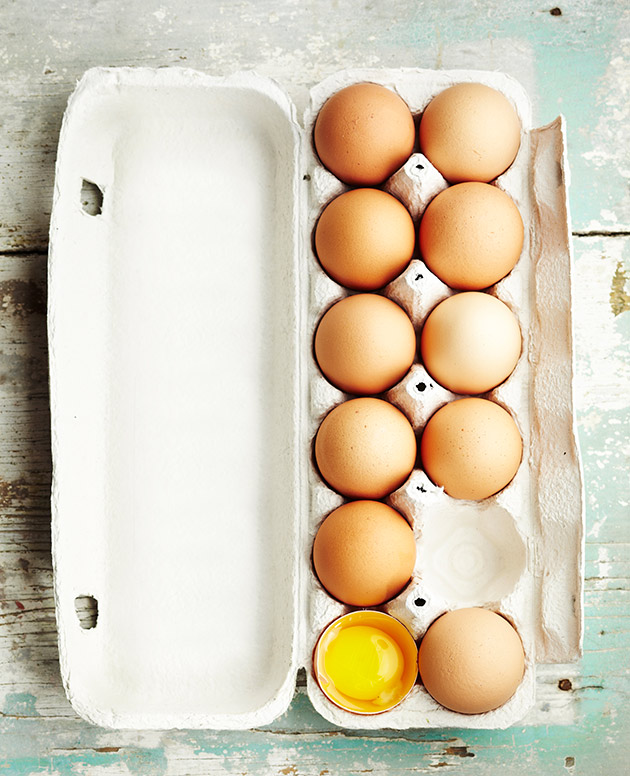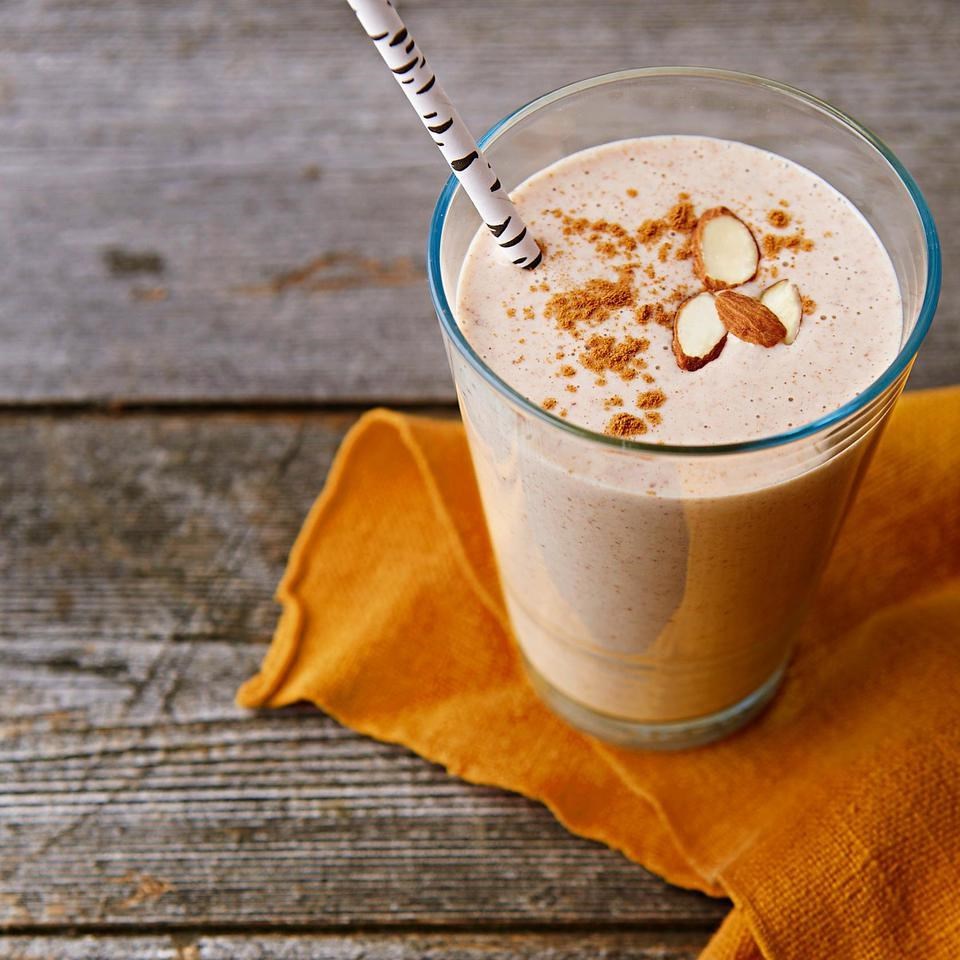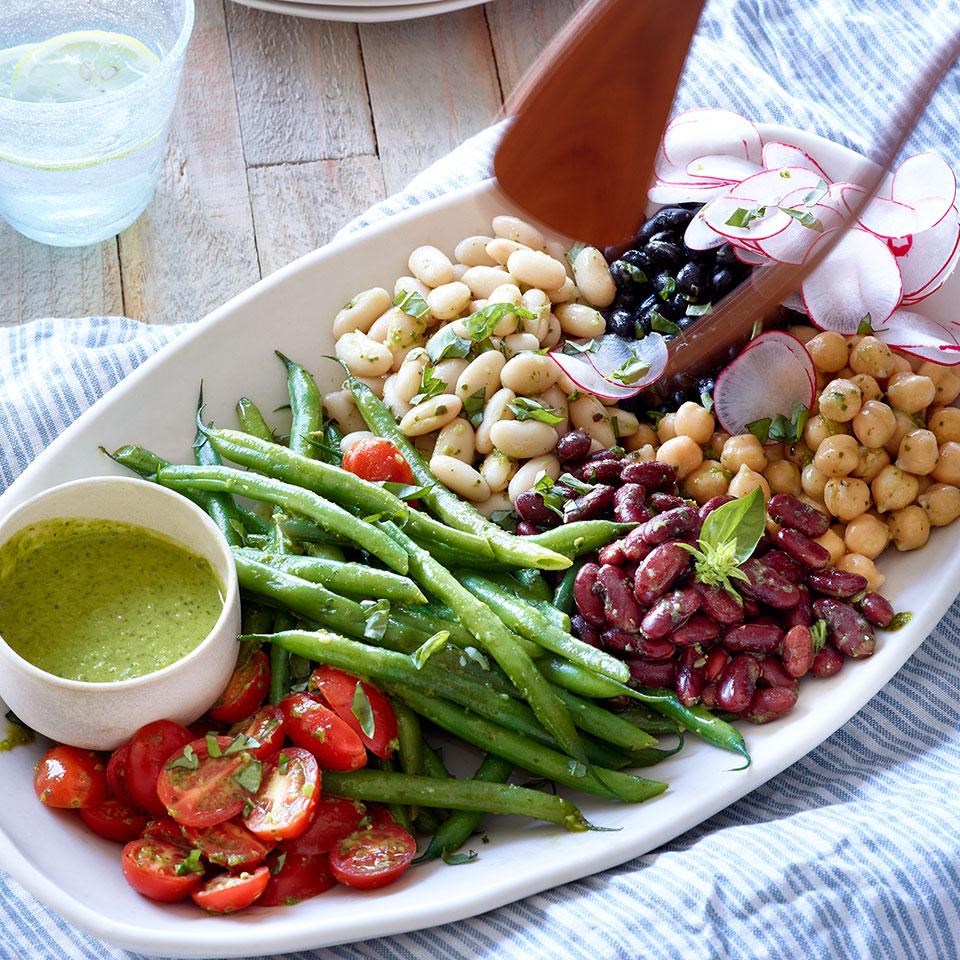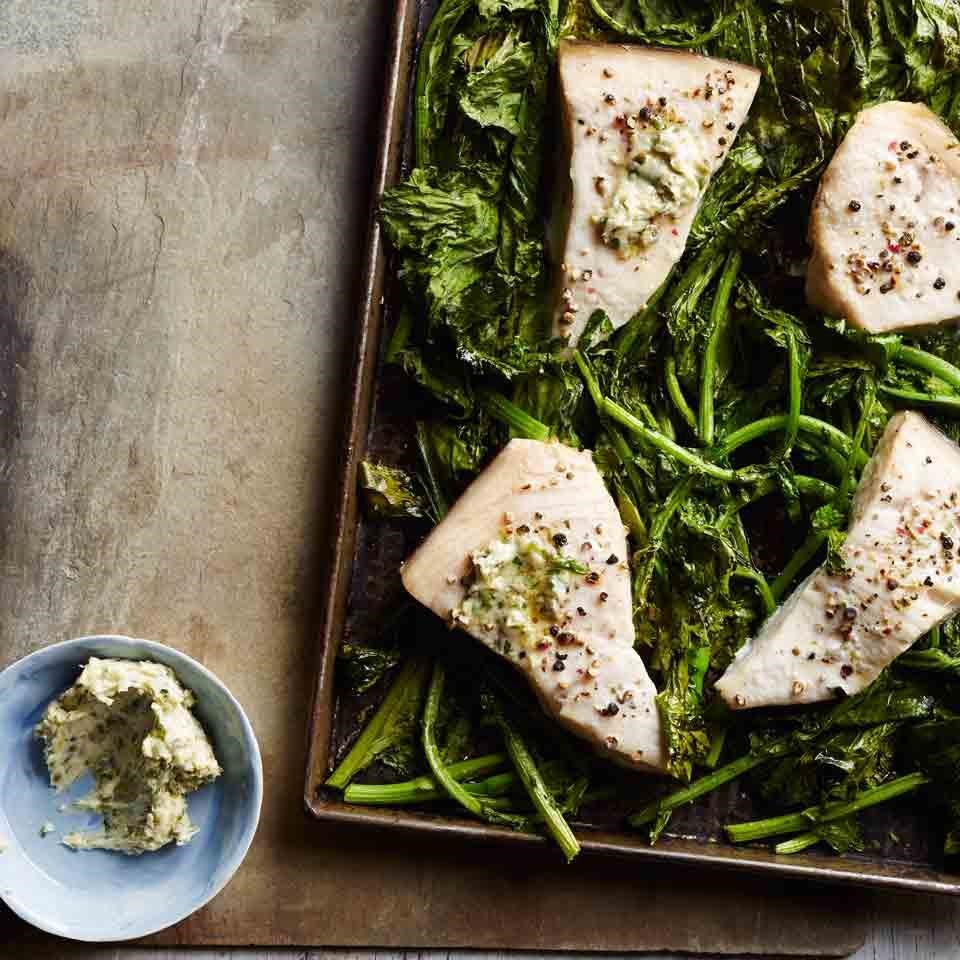Simplify your paleo diet planning with a list of the foods you can eat—and the list of the ones you can't always.
The paleo diet is meant to mimic what our preagricultural, hunter-gatherer ancestors ate. The premise is that the current Western diet is contributing to the rise of chronic diseases such as obesity, heart disease and cancer. This diet, paleo proponents claim, can reduce inflammation, improve workouts, increase energy, help with weight loss, stabilize blood sugar and even reduce the risk of chronic diseases.
The pros of paleo are that it focuses on increasing intake of whole foods, fruits and vegetables, lean proteins and healthy fats and decreasing consumption of processed foods, sugar and salt. For those looking to eat a more well-rounded diet, these "guidelines" sound familiar and altogether healthy.
However, the paleo diet also advocates cutting out grains, dairy and legumes, and this has caused controversy among scientists. These foods, despite what paleo advocates claim, are healthful and can be good sources of fiber, vitamins and minerals.
As with most diets, there are foods that are allowed, not allowed and sometimes allowed. It can be confusing to know what to eat, so we break it down here.
Foods You Can Eat on the Paleo Diet
In short, if your ancestors could hunt or gather it, it is allowed on the paleo diet. This includes:
• Grass-fed meat
• Fish and seafood
• Fresh fruits and veggies
• Eggs
• Nuts and seeds
• Healthful oils (olive, walnut, flaxseed, macadamia, avocado, coconut)
• Fish and seafood
• Fresh fruits and veggies
• Eggs
• Nuts and seeds
• Healthful oils (olive, walnut, flaxseed, macadamia, avocado, coconut)
Meat & Seafood

Meat is a source of lean protein, and protein is the building block of all cells and tissues. Protein also helps keep you full.
Grass-fed meat is recommended on the paleo diet because it is leaner than meat from grain-fed animals and has more omega-3 fatty acids, the healthy fats that reduce inflammation in the body and protect your heart. A typical American diet is high in saturated and trans fats and lower in healthy poly- and monounsaturated fats, hence the paleo diet's emphasis on grass-fed meats, as well as seafood.
Fruits & Vegetables
There is little argument over the health benefits of fruits and vegetables. They are chock-full of vitamins, minerals, fiber and antioxidants. The only caveat for paleo dieters is that some vegetables are starchy (e.g., potatoes) and some fruits are higher in sugar (e.g., bananas). So, if you are trying to lose weight or watch your blood sugar levels, eat these in moderation. In fact, potatoes are banned from some versions of the diet.
Eggs

Eggs are allowed because they are high in protein, B vitamins, minerals and antioxidants. They are also affordable and easy to prepare. Buy "organic" and "cage-free" eggs for a higher omega-3 content than eggs from chickens raised in cages.
Nuts, Seeds & Healthy Oils

Nuts and seeds are full of healthy fats, fiber and protein. Plus, they were foraged back in the day, so you can load up your cart with them.
Oils are trickier. Loren Cordain, Ph.D., founder of The Paleo Diet Movement, breaks down which oils are healthy on the paleo diet: olive, walnut, flaxseed, macadamia, avocado and coconut oils are all allowed because they were gathered directly from the plant. While our hunter-gatherer ancestors probably did not consume flaxseed oil, it is allowed because of its content of high alpha-linolenic acid (ALA), a type of heart-healthy, anti-inflammatory omega-3 fatty acid.
Keep Reading: 7-Day Paleo Meal Plan
Foods You Cannot Eat on the Paleo Diet

These foods are not permitted on the paleo diet:
• Cereal grains
• Legumes (peanuts, beans, lentils, tofu)
• Refined sugar
• Processed foods
• Refined vegetable oils
• Salt
• Artificial sweeteners
• Legumes (peanuts, beans, lentils, tofu)
• Refined sugar
• Processed foods
• Refined vegetable oils
• Salt
• Artificial sweeteners
Grains
Say goodbye to cereal, crackers, rice, pasta, bread and beer. Yes, beer. All grains are forbidden on the paleo diet. Why? First, grains are a product of modern agriculture; cavemen didn't nosh on bread. Second, grains are high in carbohydrates, which can spike your blood sugar.
Paleo critics point out that not all grains are created equal—whole grains do not spike your blood sugar as much as refined grains. Even so, paleo dieters still steer clear of grains because they contain different compounds and proteins like gluten, lectins and phytates, which they claim cause inflammation in the body and block other nutrients from being absorbed. Paleo critics say these compounds are not a problem unless you have an allergy or sensitivity.
Legumes
Legumes are members of a large family of plants that have a seed or pod. This category includes all beans, peas, lentils, tofu and other soyfoods, and peanuts. Legumes are not allowed on paleo because of their high content of lectins and phytic acid. Similar to grains, this is a point of controversy in the scientific community. In fact, lots of research supports eating legumes as part of a healthy diet because they are low in fat and high in fiber, protein and iron.
Processed Foods
Processed foods are full of the rest of the no-no's on the paleo diet: refined sugars, salt, refined vegetable oils and artificial sweeteners. Our ancestors didn't eat these foods. Plus, there is little argument in the scientific community that refined sugars and excess salt contribute to obesity, high blood pressure and heart disease.
There is some disagreement, however, over vegetable oils and artificial sweeteners. The American Heart Association recommends consuming corn, safflower and canola oils, but paleo plans say these are "not allowed" because of the unhealthy ratio of omega-6 to omega-3 fatty acids and the way the oils are processed.
The U.S. Food and Drug Administration (FDA) condones artificial sweeteners as safe to consume, but they are not allowed on paleo since they are a man-made, processed food. Plus, although artificial sweeteners lower calories in food, research shows they can still cause us to crave sweets and that they can be harmful to our gut bacteria.
Try These: Quick & Easy Paleo Recipes
Foods You Can Sometimes Eat on the Paleo Diet

Dairy
A strict paleo diet does not allow dairy products because hunter-gatherers did not milk cows. Some paleo dieters say dairy is OK, especially if it is grass-fed because grass-fed butter, for example, has more omega-3s. Fermented dairy products are also OK for some paleo eaters because they have a lower content of lactose and casein, the two concerns paleo dieters have with dairy.
Starchy Vegetables & High-Sugar Fruits
This is a gray area. Sugary fruits and starchy vegetables (potatoes, squash, beets) can spike your blood sugar more than berries and green beans. That's why these are OK in moderation and are best to minimize if you are trying to lose weight, according to paleo experts.
Alcohol
Alcohol is a no-no if you are strict paleo. Beer is made from grains, and liquor also contains traces of gluten. But, good news for cider-lovers: most hard ciders are gluten-free, so they are allowed. Check the label to be sure. Red wine is more accepted in the paleo community because it contains the antioxidant resveratrol, but sorry chardonnay lovers, white wine is technically not allowed.
How to Know What's OK to Eat on the Paleo Diet
This is a brief guide to following the paleo diet, but EatingWell doesn't believe in being so restrictive. Eating some of the "no" foods like whole grains, dairy and legumes is necessary to add important nutrients to your diet.
If you're interested in the paleo plan but don't think you want to be so strict, you don't have to be all-or-nothing with your approach. Consider adopting some eating patterns from paleo and skipping the ones that don't work for you. For example, try just eating more fruits and vegetables and cutting down on added sugars. If you feel unsure about grains or dairy, talk to your doctor or a registered dietitian to determine what's best for your body.









0 comments:
Post a Comment
I'd love to hear your comments, do share your thoughts with me...